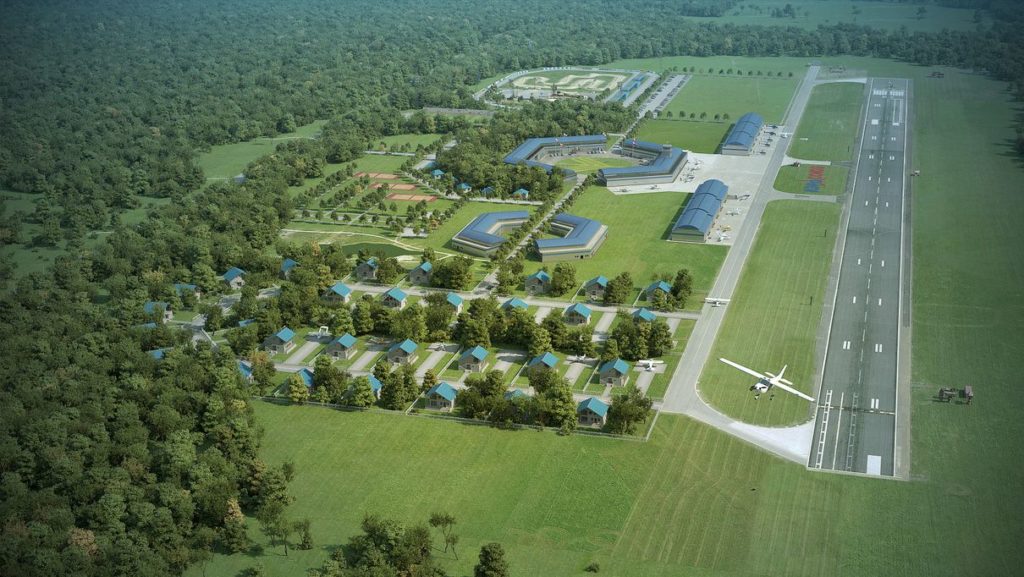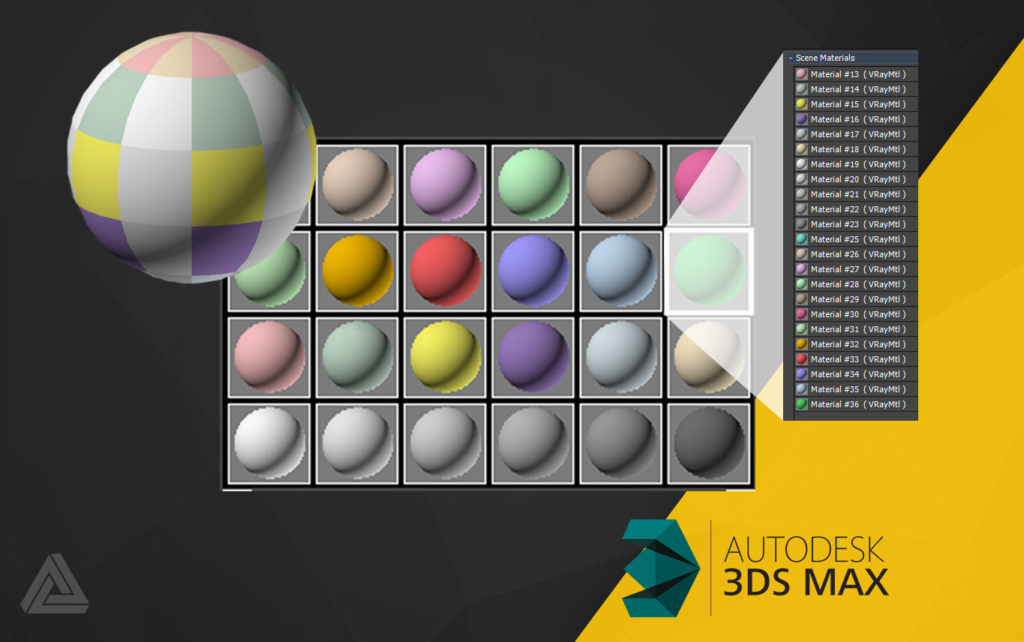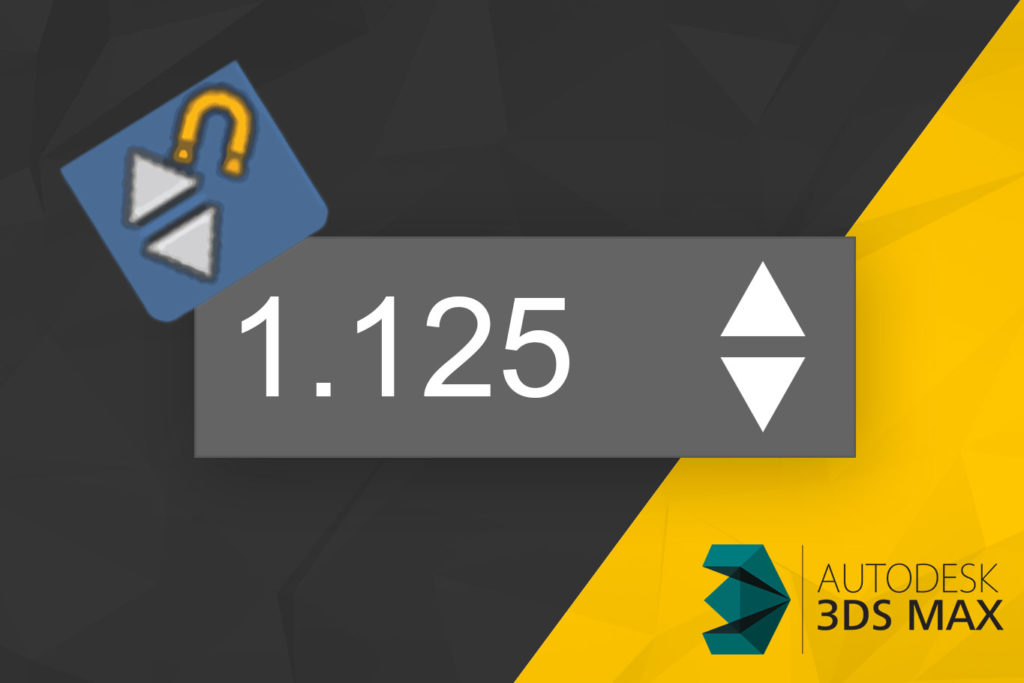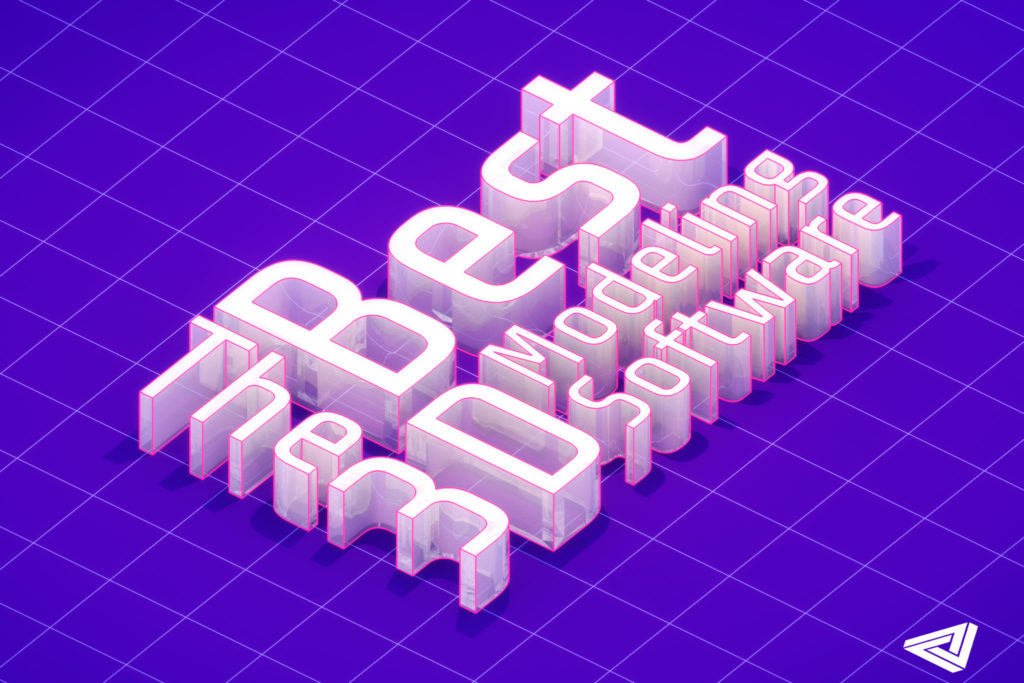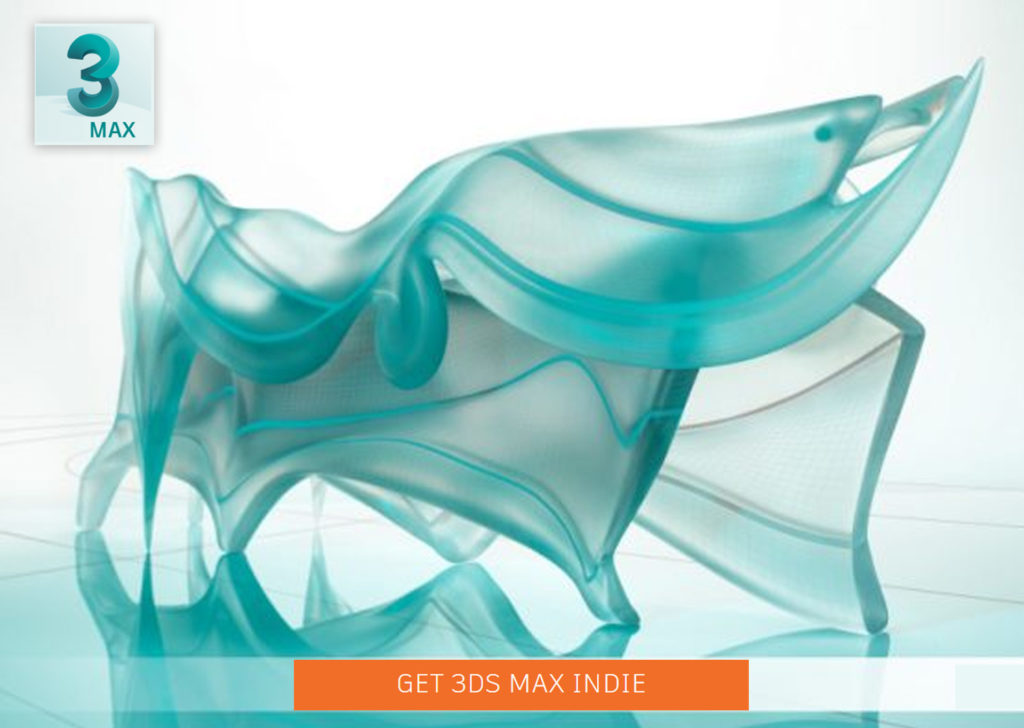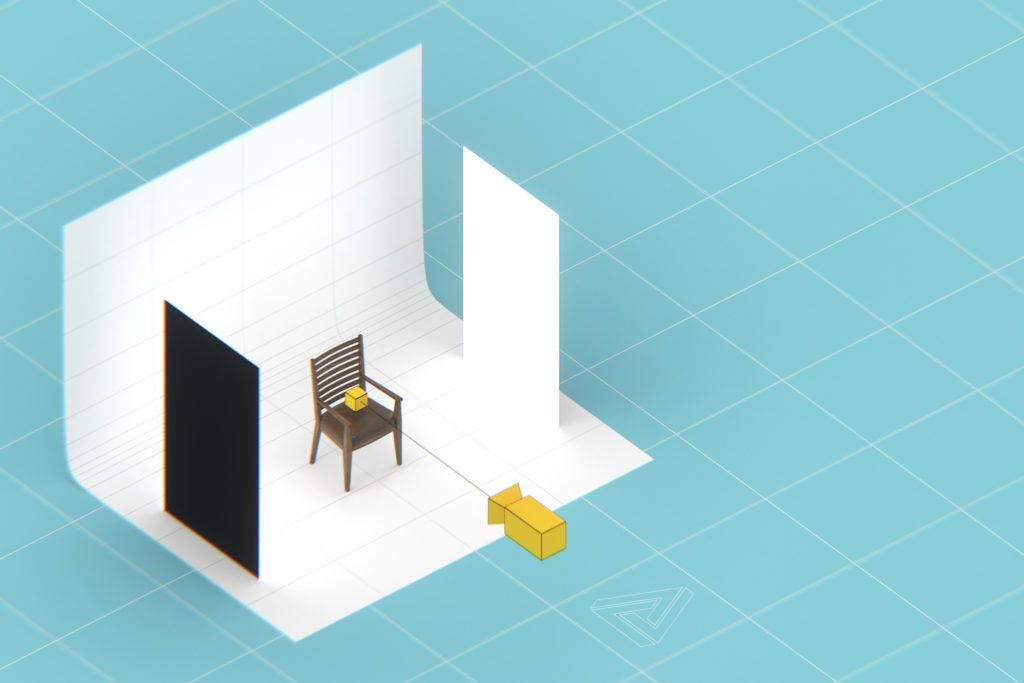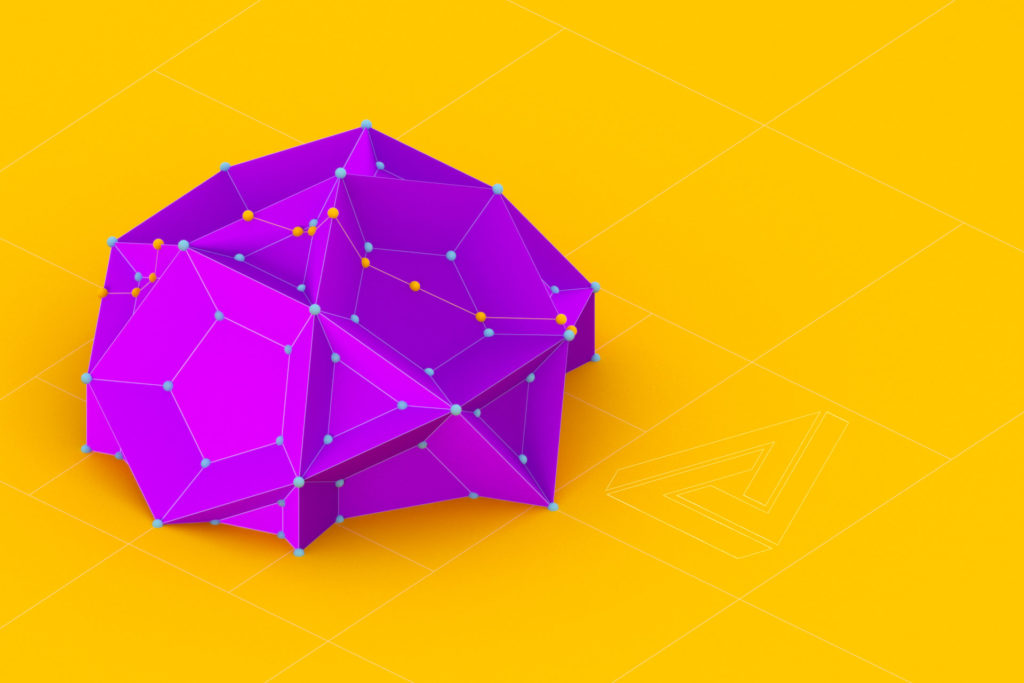Chaos Group Announces V-Ray Next for 3DS Max
Chaos Group recently announced the launch of the much-anticipated V-Ray Next update to their industry-standard rendering engine. This next-generation rendering engine comes packed with speed and workflow optimizations that look to keep it at the top of most studio’s favorites list.
V-Ray Next: The Next Generation Render Engine
In CGArchitect’s 2018 Architectural Visualization Render Engine survey, it V-Ray was reported to have an overwhelming market share among architectural visualization artists and studios. Second to Cornoa and third to the V-Ray RT (real-time) rendering engine—it’s clear that V-Ray is widely used within the industry. Chaos Group is renowned for its consideration of user feedback and V-Ray Next seems to have integrated much consideration for user-reported concerns in the rendering pipeline.
Features
V-Ray Next would probably do well on the reputation of past releases alone. Humble to the core, Chaos Group aspired to do much more than simply increment a version number with this release and have improved many existing features and integrated many new ones. Below are highlights of some of the more notable features of V-Ray Next.
Adaptive Dome Light
Lighting can be tough and more complexity translates to longer render times. HDRI images have been a welcomed addition to many modern 3D workflows but are far from having had systemic optimizations made by industry software leaders. V-Ray Next features a rebuild of the popular Dome Light that is used by many to harness the power of HDRI images for scene lighting. This new version boasts performance increases of up to 7x and leads us to believe that environmental skylights (or plane lights on windows/openings) will no longer be needed.
Faster GPU Rendering
Recent advances in consumer and commercial GPU cards have allowed software companies like Chaos Group to take advantage of the new system architecture in ways that greatly increase performance. For example, Chaos Group reports that GPU rendering on NVidia’s Quadro GV100 is 50% faster than on the previous generation’s flagship card, the GP100. It’s also much faster than rendering with Intel’s Core i7-7700K (8 cores @ 4.5GHz) but that’s not really comparing apples to apples.
Advanced Real-Time Capabilities
V-Ray introduced a denoiser element, several versions ago, that was meant to be used primarily in CPU-bound workflows. V-Ray Next has integrated an advanced automatic exposure capability that also leverages technology such as NVIDIA’s AI Denoiser. These feature expansions continue to support the latest real-time GPU rendering workflows. V-Ray Next is also expanding real-time support for glossy fresnel reflections, optimized hair shaders, and even volumetric effects such as fog and smoke.
Future Updates
Chaos Group are no slouchers and users can expect updates and patches to be on the near horizon for V-Ray Next. Expected features, at the time of writing, are advancements on lens effects such as blooming and glares, IPR rendering support, and bucket-rendering support for GPUs. None of these are confirmed as of yet but forum discussions tend to be predictive of V-Ray feature releases.
Check out the latest features of V-Ray Next here.

